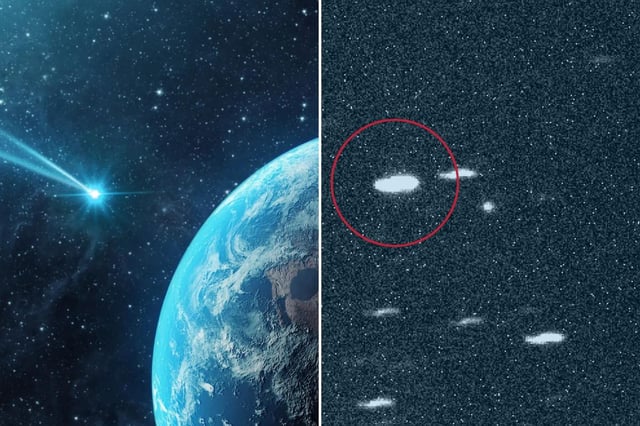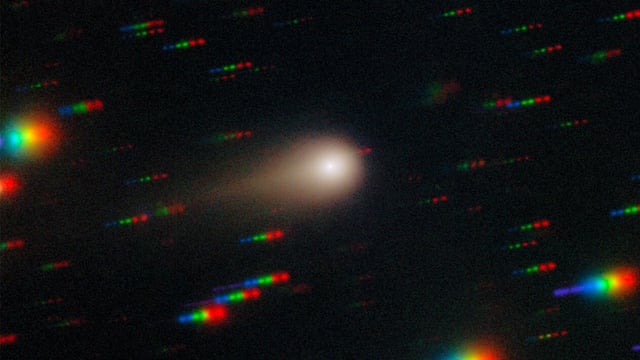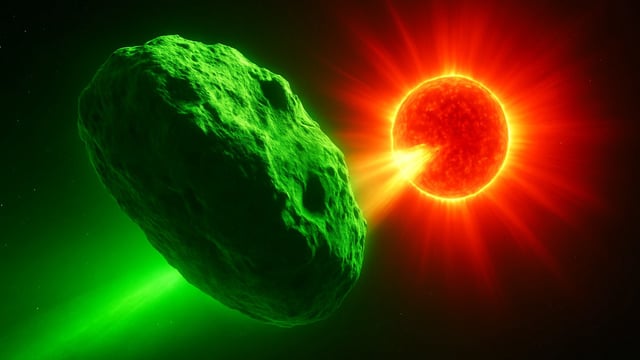Overview
- 3I/ATLAS enters solar conjunction in early October and will be unobservable from the ground until late November, with perihelion around October 29–30 at about 126 million miles (202 million kilometers) from the Sun.
- ESA’s Mars Express and ExoMars TGO and NASA’s Mars Reconnaissance Orbiter are coordinating observations around the object’s early-October Mars pass, with HiRISE imaging sought to better constrain the nucleus size; additional checks by Juice and Juno are discussed for later.
- A new polarimetric preprint reports an extremely deep, narrow negative polarization branch unlike known comets, suggesting unusual dust properties, though the analysis is unreviewed and needs follow-up once the comet reappears.
- Harvard’s Avi Loeb and colleagues estimate a mass above 33 billion tons and a nucleus exceeding several kilometers based on trajectory and outgassing, but these figures are debated and most researchers still characterize 3I/ATLAS as a natural active comet.
- Recent observations indicate a CO2-rich, dust-laden coma, a slight non-gravitational acceleration from outgassing, and a late-September coronal mass ejection encounter; NASA says the object poses no threat, with closest Earth approach in December at roughly 1.8 AU.



